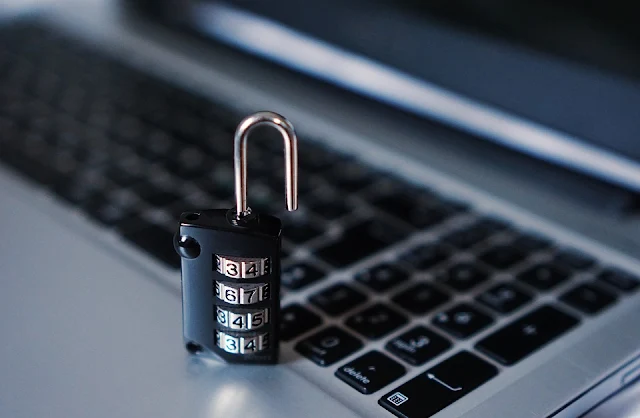Ad Code
Translate
What is Ozempic (semaglutide)? (Updated in 2025)
January 30, 2025
Smart strategies for trading on crypto exchanges
April 23, 2025
How To Find Suitable Properties In Cyprus?
May 22, 2025
Posture Bra: Improving Back Support and Comfort
April 23, 2025
2024 Top Cyber Security Trends
Zizo Gala-Mkhize
April 14, 2024
With the strong hit of the global pandemic topped by the more recent war between Ukraine and Russia, there is an increased threat of cyber-attacks on nations, businesses and individuals and thus there is an increased need to use XDR to improve your cybersecurity defences. The security threats have given rise to the following top cyber security trends:
Trend No. 1: Attack surface expansion
It has been estimated that about 60% of knowledge workers are currently working remotely while 18% may not return to the office. With these changes in how we work, coupled with increased usage of the public cloud, highly connected supply chains and the use of cyber-physical systems there is increased exposure to new and challenging attack “surfaces.” Thus there is an increased probability that organisations may be attacked. According to a recommendation by Gartner, security leaders need to expand their vision to look further than traditional approaches of security monitoring, detection and response so as to manage a wider set of risks.
Trend No. 2: Identity system defence
It has been witnessed that identity systems are being targeted for sustained attacks. A primary method employed by attackers is the misuse of credentials which enables them to access systems thus achieving their goals.
Identity threat and detection response (IDTR) is the term used by Gartner for a collection of processes and tools used to defend identity systems. More consolidated solutions are likely to emerge in the longer term.
Trend No. 3: Digital supply chain risk
According to Gartner’s predictions the software supply chains of 45% organisations across the globe would perhaps be attacked by 2025, which is a three-fold increase in comparison to 2021. Therefore, it is important that leaders of the security and risk management departments work in sync with other departments so as to prioritise digital supply chain risk and pressurise suppliers to practice best security practices. Lear More About 9 Elements of an Efficient Supply Chain.Trend No. 4: Vendor consolidation
In recent years, it can be seen that security products are being converged in such a way that vendors are combining security functions into single platforms thus introducing licensing and pricing options that increase the attractiveness of packaged solutions.
Trend No. 5: Cybersecurity mesh
Gartner defines a cybersecurity mesh as a “flexible, composable architecture that integrates widely distributed and disparate security services.” Gartner named this one of the leading strategic trends for 2024. Learn More About Why Is Cyber Security So Important?
Trend No. 6: Distributed decisions
With the increasing digitalisation of various business aspects, a centralised CISO role is becoming inadequate. Therefore, leading organisations are enabling distributed cyber judgment by building the office of the CISO.
According to this trend, the centralised function and the CISO will continue to set policy, meanwhile, cybersecurity leaders are located at different parts of the organisation to decentralise security decisions.
Trend No. 7: Beyond awareness
Given that human error is still one of the leading causes of most data breaches, it has been established that traditional approaches to security awareness training are indeed ineffective. Furthermore the need to use XDR to improve your cybersecurity defences has increased. Also, the new trend is for progressive organisations to move beyond outdated compliance-based awareness campaigns and invest in holistic behaviour and culture change programs that are designed to ensure more secure ways of working.
Featured Post
Auto Insurance in Georgia: Factors, Tips, and Money-Saving Suggestions (2025 Guide)
Zizo Gala-Mkhize-
July 09, 2025
Soapie Teasers
Sister Sites
Most Popular
List of 6,000+ Dofollow Commentluv Blogs FREE (Updated 2025)
January 16, 2025
Smart strategies for trading on crypto exchanges
April 23, 2025
Popular posts
Footer Menu Widget
Mashable is a global, multi-platform media and entertainment company. For more queries and news contact us on this Email: info@mashablepartners.com
Created By Blogspot Theme | Distributed By Gooyaabi Templates
Created By Blogspot Theme | Distributed By Gooyaabi Templates


Social Plugin